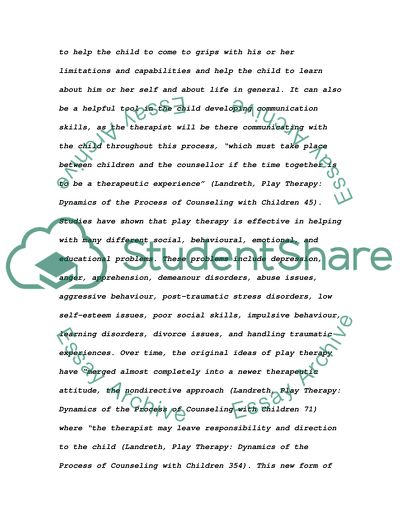Cite this document
(Play Therapy - the Art of the Relationship Essay, n.d.)
Play Therapy - the Art of the Relationship Essay. Retrieved from https://studentshare.org/psychology/1546535-why-is-the-therapeautic-relationship-regarded-as-a-central-component-to-play-therapy
Play Therapy - the Art of the Relationship Essay. Retrieved from https://studentshare.org/psychology/1546535-why-is-the-therapeautic-relationship-regarded-as-a-central-component-to-play-therapy
(Play Therapy - the Art of the Relationship Essay)
Play Therapy - the Art of the Relationship Essay. https://studentshare.org/psychology/1546535-why-is-the-therapeautic-relationship-regarded-as-a-central-component-to-play-therapy.
Play Therapy - the Art of the Relationship Essay. https://studentshare.org/psychology/1546535-why-is-the-therapeautic-relationship-regarded-as-a-central-component-to-play-therapy.
“Play Therapy - the Art of the Relationship Essay”. https://studentshare.org/psychology/1546535-why-is-the-therapeautic-relationship-regarded-as-a-central-component-to-play-therapy.


